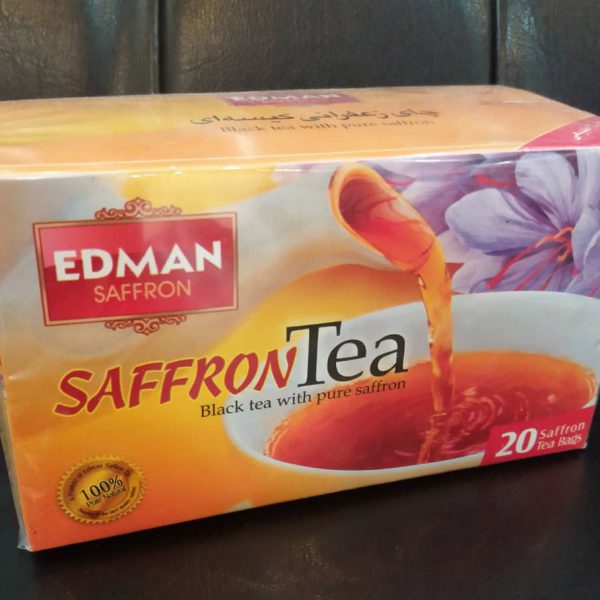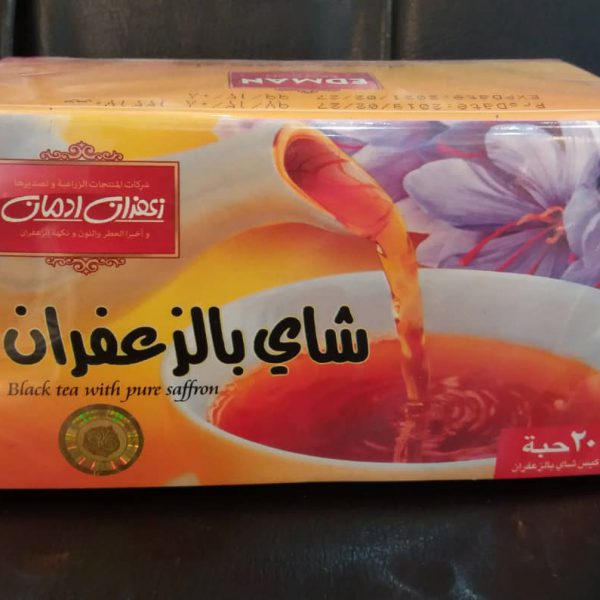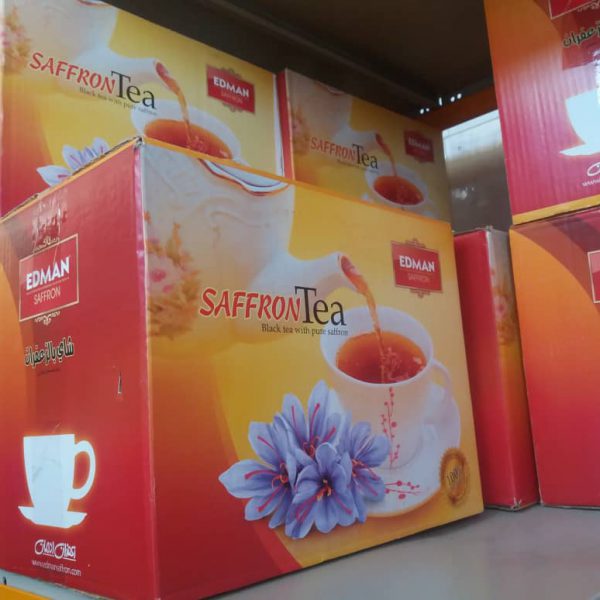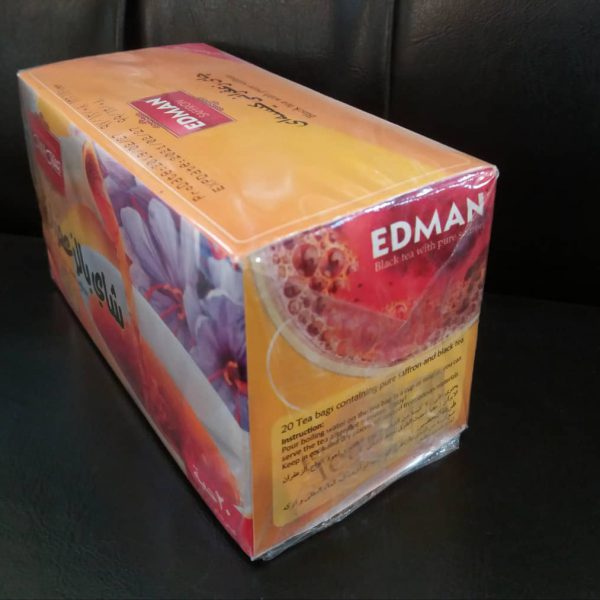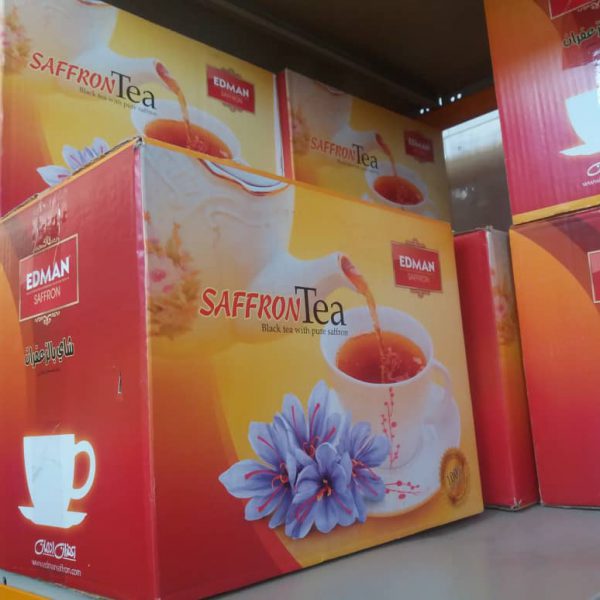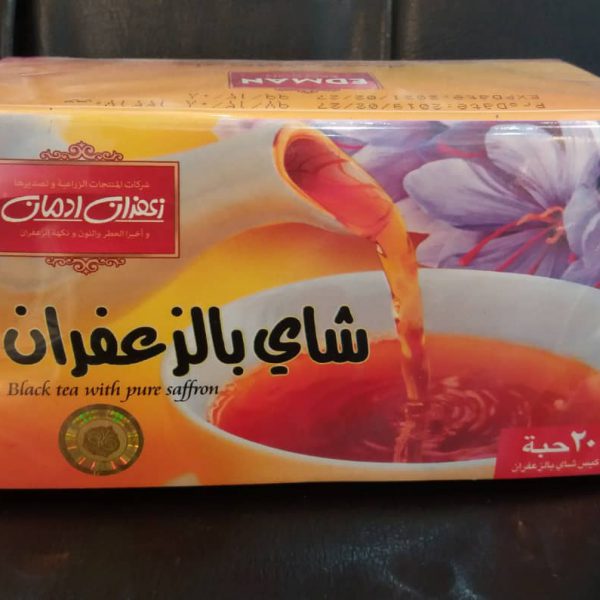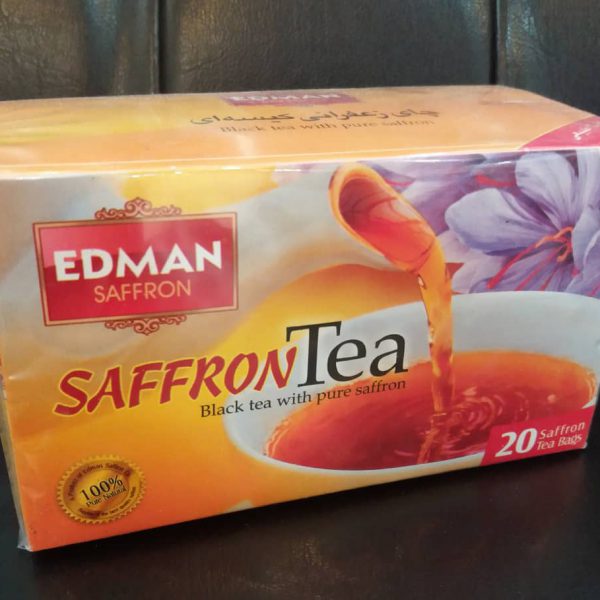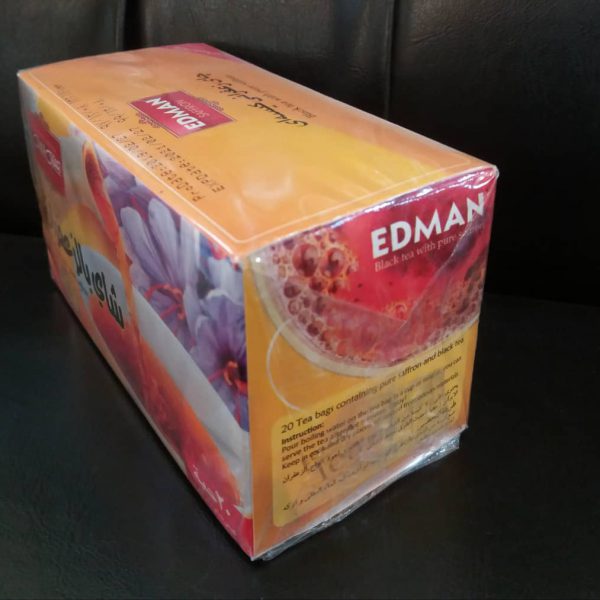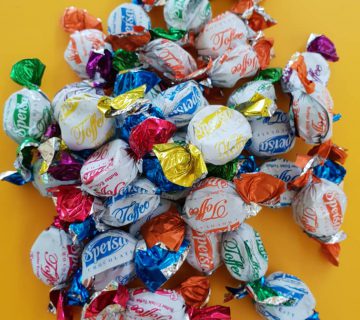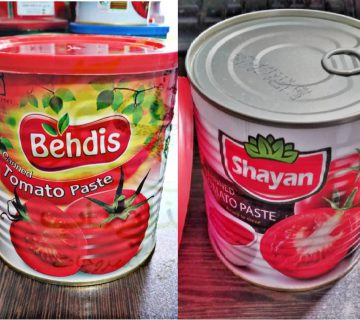Everything about tea bags
Tea bag
The first tea bag was invented in 1905 by Sullivan, an American businessman from the West, using a small silk bag that was poured into 3 grams of tea and tied with string. It was possible to dry Sullivan’s innovative method was welcomed by the public after World War II due to the shortage of tea and the high price.
In this supply method, tea powder from CTC production method and tea powder from orthodox production method are mixed with a certain amount and in odor-free pure cellulose paper bags according to the opinion of the taste and mixing expert and considering the consumer market demand. Is poured. Due to the fact that the smaller the particles of the processed tea leaves, the sooner the leaves return to the color and taste of their internal contents in the presence of boiling water, therefore, in producing this type of tea, high quality tea powder must be used. From each kilogram of tea bag obtained by mixing CTC and orthodox, he obtained at least 700 cups of desirable tea. While each kilogram of non-orthodox orthodox tea yields 250 and gunpowder and broken CTC 500 cups of tea. Quick cooking and brewing and separation of the pulp from the liquid and more cups has led to the growing supply and sale of tea bags in the world. But it should be noted that the taste of tea bag will be different from brewed tea in the teapot.
Technical tips in the production of tea bags
Success in the production and sale of tea bags requires the following scientific and practical points:
A: Type of tea Any type of tea powder can not be used in the production of tea bags just because it is fine and powdered and without considering the quality characteristics. The quality and health of the tea in the bag and the moral competence and reputation of the producer must be considered. To prevent any abuse and protect the rights of consumers, continuous government monitoring before and after the issuance of production and operation licenses is essential.
In the production of this type of tea, tea powder produced by the non-classical CTC method is used after the necessary taste test and ensuring its quality.
The size and dimensions of ground tea and its volume must be measured accurately. Large and very small particles block the pores of special paper and as a result, the exchange and coloring of tea pigments is disrupted. Therefore, the volume of tea powder used per hundred grams should be 230 cubic centimeters
Purchased tea powder should be taken with a Vibro serene circular sieve for its irregularities and hand-sized. In addition, the yellow cellulose fiber called sieve (Fluff) should be completely removed by the same sieve.
The use of old tea powder that has been produced for more than 6 months should be avoided. Basically, ground tea, unlike cut tea, the surfaces of which are less exposed to the air, loses its antiquity and quality sooner and loses its natural flavor and aroma by sublimating the flavoring essential oils called flavored oil.
If the moisture content of tea powder is more than 6% and more or less the smell of antiquity is inhaled and the tea powder particles have lost their fragility and have become spongy. Before mixing, the moisture should be taken in the dryer. When drying, the hot air flow regulating damper should be open at most about a quarter so that the rapid flow of hot air does not cause the dispersion of fine particles of tea dust.
In the production of high quality tea bags of CTC Kenya tea powder or fine gunpowder, tea powder cultivars FD, PDI, CD, PD from CTC and orthodox countries must be in certain proportions that complement each other after complete mixing. To be used. Mixing should be done by a taste expert.
B: Technical specifications of paper and tea bag yarn
In the production of tea bags, filter paper filter paper made of cellulose with a thermoplastic outer cover is used so that the bags containing tea can be easily sewn due to heat.
According to the regulations of the Institute of Standards and Industrial Research of Iran, the characteristics of filter paper include the following:
1- Filter paper made of pure cellulose
2- The paper used should be free of smell, taste, taste and color and should be able to pass the tea solution only through its pores.
3- Thermal filter paper should be free of emollients, including Neil Acetate.
4- The metal fasteners of the tag yarn should be made of aluminum and the degree of purity should be 98%. The use of iron fasteners due to rust should be avoided.
5- The weight of one square meter of paper is at least 11 and at most 21 grams and its thickness is 70 to 36 microns, the width of the paper roll is 54 mm and its inner diameter is 75 mm and its outer diameter is 500 mm.
6- In order to have the necessary strength, the minimum strength of filter paper in the dry state in the direction of the machine is 800 and in the opposite direction is 200 and in the wet state in the direction of the machine is 170 grams for a width of 15 mm.
7- The amount of permeability to air in terms of liters per minute per hundred square centimeters is at least 600 and at most 1800.
8- The allowable moisture content of filter paper is 0.5 + 7.5.
9- White degree at least 74 degrees.

